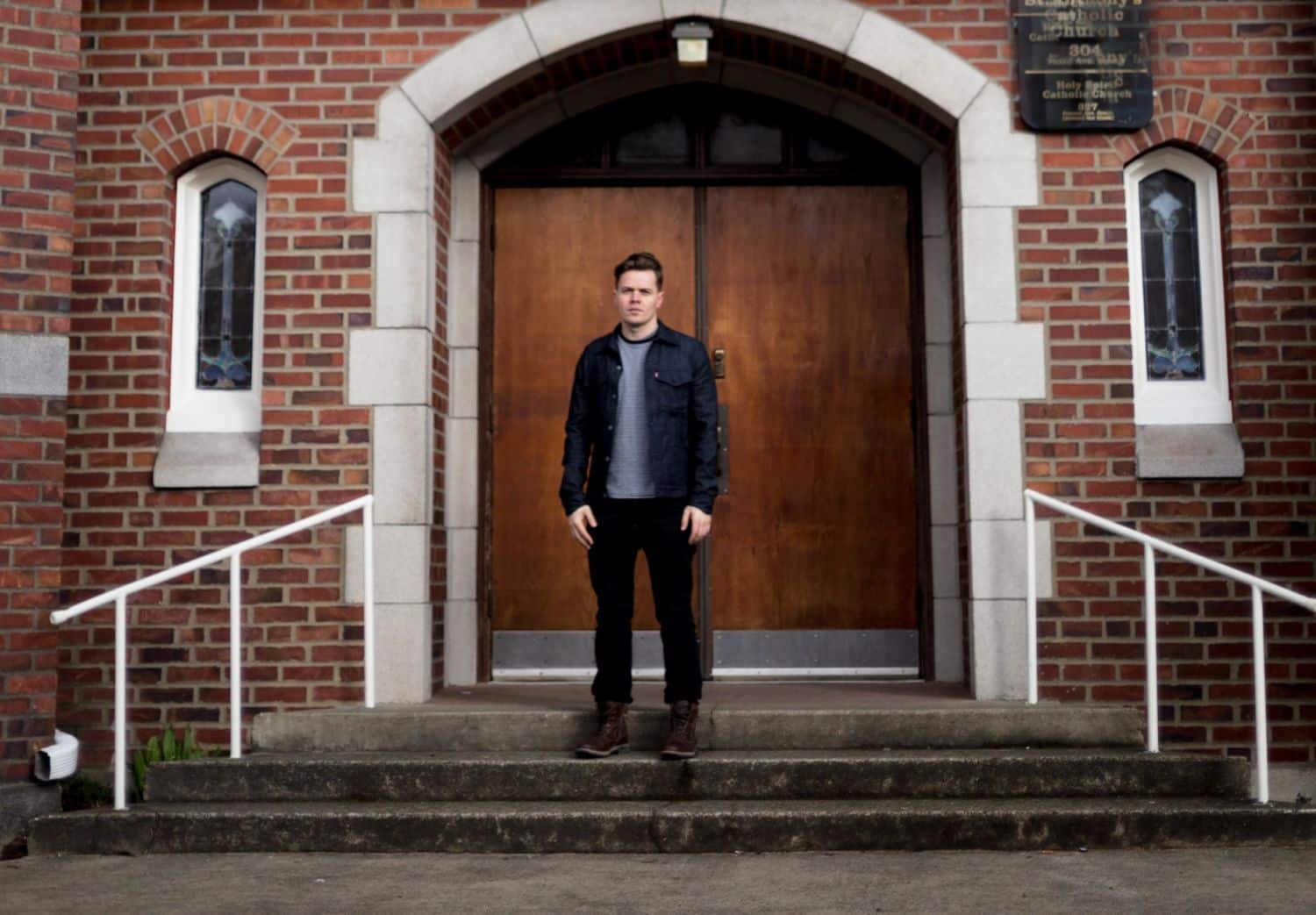There has been another church/school shooting.
What is similar, what is different, and, more importantly, what can we learn from this tragedy?
On August 27, 2025, a shooter opened fire on a Mass service at Annunciation Catholic Church in Minneapolis, which was filled with children and other worshipers.
The gunman, who died by suicide at the scene, killed two children and wounded 18 other people. Police say the shooter intended to kill children.
The two children who were killed were 8-year-old Fletcher Merkel and 10-year-old Harper Moyski. The other 18 victims included 15 more children, ages 6 to 15, and three adults in their 80s. All injured victims are expected to survive.
The attack occurred just before 8:30 a.m. and involved the shooter firing through the side windows of the church from outside. The Mass service was held to mark the first week of classes at the adjacent Annunciation Catholic School.
The church’s locked doors, a standard practice after a service begins, likely saved countless lives by preventing the shooter from entering. Responding to the gunshots, the school principal and staff instructed everyone to get down behind the pews.
The suspect was identified as 23-year-old Robin Westman, a former student at Annunciation Catholic School. Westman’s mother had also worked at the parish.
Court records show Westman, who was legally known as Robert Paul Westman before 2020, “identifies as a female.” Before dying by suicide, the shooter fired all three weapons from outside the building.
The first lesson we learn from this incident is one that is true about many incidents. Early information is not always 100% accurate. The first reports were that the shooter entered the church. The shooter actually never entered the church or the school that morning. It turned out there were some details that were true, but many of the details were not all put together until days afterwards. That said, this article is written 48 hours after this incident and some facts here may need to be corrected, as well.
The shooter, as mentioned above, never entered the church due to the doors being locked as soon as services began. The big lesson here is that the doors should ALWAYS be locked as soon as services start. This has shown to be a best practice multiple times, simply because most people enter via a main door that is in the back of the sanctuary. For obvious reasons, that causes 99% of the people in that room having their back to the entryway and not being able to see who is entering behind them. The locked doors saved countless lives by preventing the shooter from entering.
The attack occurred just before 8:30 a.m. after the service had started and involved the shooter firing through the side windows of the church from outside. The third lesson is have someone posted outside. The best way to keep people safe inside is to keep the bad guys outside. Based on Carl Chinn’s research, 68.8% of church security incidents start outside the church building. Having someone outside that can give an early warning can be vital to the security of the church or school.
It was noted that the shooter in this case had also placed 2×4 boards in the door handles from the outside to block anyone from escaping once the shooting started. Lesson number four would be to assess the door handles to your building to see if the doors are easily blocked closed or able to have a simple chain to lock people inside, increasing the number of targets available to the shooter.
Lesson five is simple and was seen in this incident. The leadership of the church immediately began ushering students to hide under the pews. This option of finding cover behind pews saved many lives. The leadership in this situation was truly acting as shepherds to these kids and are true heroes. Training worked!
Lesson number six is when you are having any event that involves children, make sure you have security there. Sunday morning, when the shooting occurred, there were many in attendance in the mass, but anytime kids are present, the security should be increased exponentially.
Lesson seven is just because it has never happened here, it CAN happen here! Normalcy Bias states that what has always happened, will always happen. This is a horrible concept, but one that many churches hold firm on.
We are hearing that the shooter was a student at the school and his mother had retired from working at the school. Lesson number eight is to pay attention to all those that visit your property. Are they surveilling your location for a future attack? In this case, the shooter had been in these buildings many many times and knew the property well.
Smile, Say Hello. And use these four words: “May I Help You?” These four words show a person that you are aware of them. If they are in need, you can help them. If they are up to no good, they are now aware that you know they are there. Remember…Security is a MINISTRY!
Police are saying the shooter’s motivations for the attempted mass shooting are unknown, but that he appeared to be suffering from a mental health crisis. Lesson nine is to communicate with your team and leadership anyone who may be a person of interest. If there are members or family members of your congregation or school that have a history of mental illness, make this aware to the security team and faculty.
Lesson ten is simple. Training is absolutely necessary! If you fail to train, you have simply trained to fail! Get training for your church security safety team and church staff. Get training for the leadership of the school and faculty of your organization.
If you need suggestions, or have any questions, I would love to help. You can email me any questions at terry@churchemergency.com.
Terry Berringer is the owner operator of Church Emergency Consulting in Pittsburgh, www.churchemergency.com.





